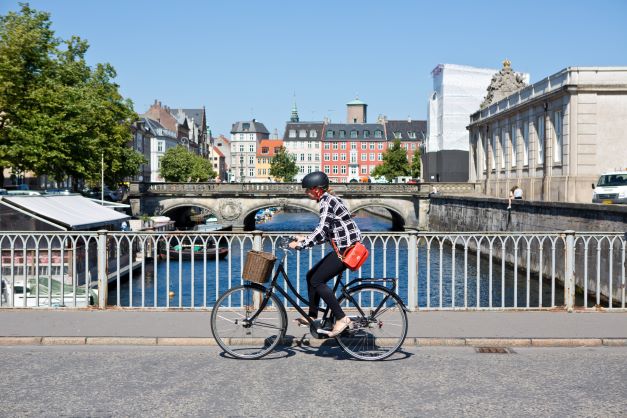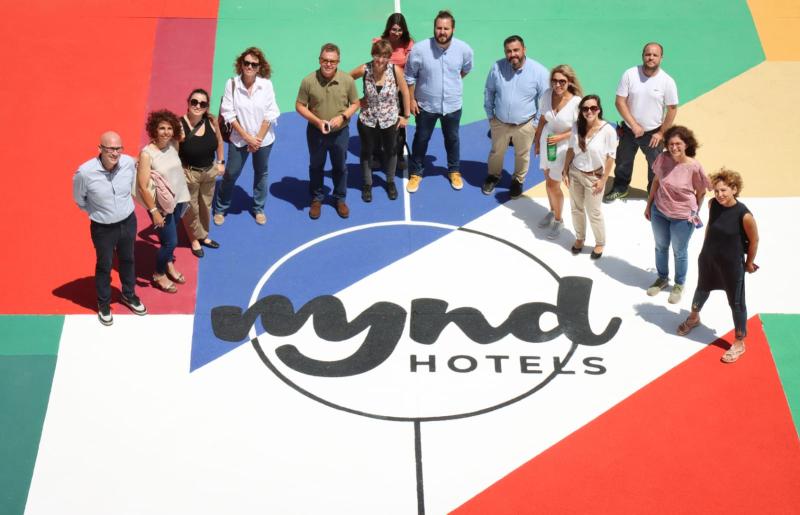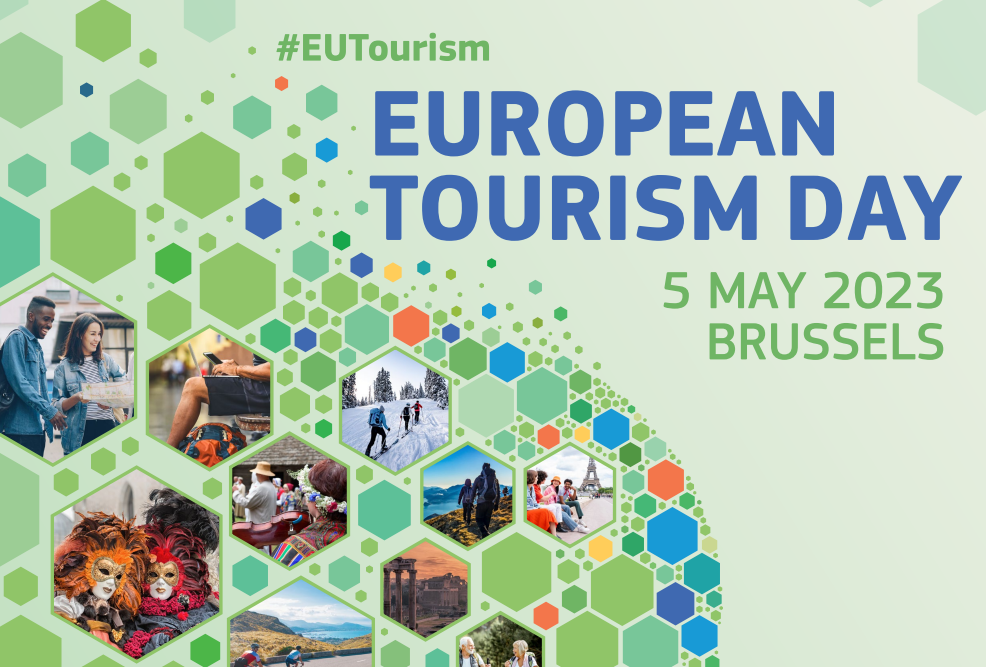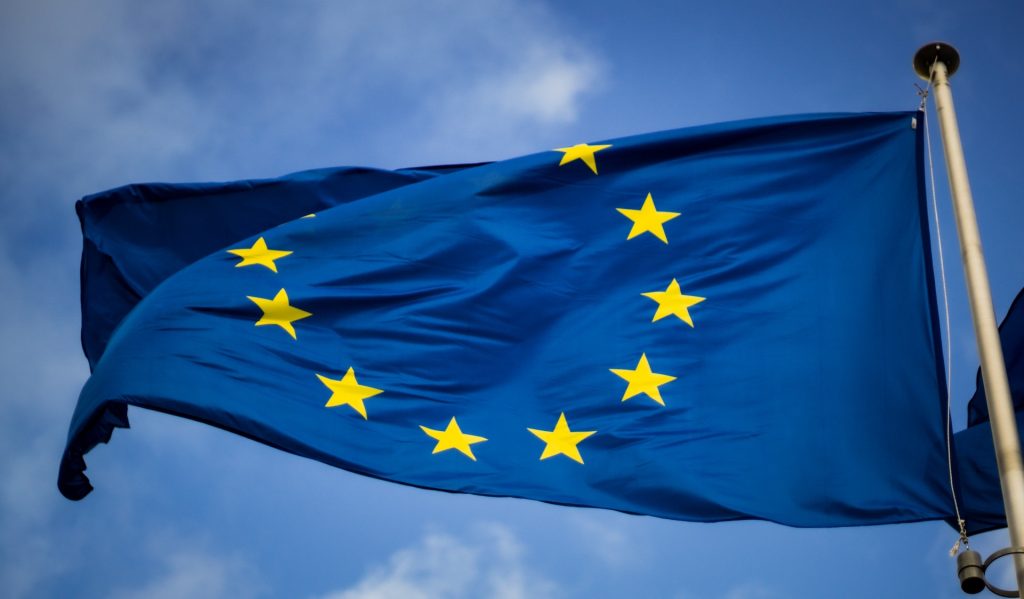
After a thorough research done by the proejct partners which span over nearly a dozen different fields of environmental management, a compendium of more than 100 carefully selected good practices are now available to be browsed.
Over the past decades, tourism has become one of the largest business sectors worldwide, currently employing more than 200 million people. In many parts of the world, tourism is indeed the most important source of income. Forecasts expect he number of people traveling for business or pleasure to continue increasing, especially in some regions. While providing a significant boost to many local and national economies, tourism was proven to pose a significant environmental and socio-cultural threat to many of the environments in which it is developed and pursued.
The objective of this compendium is to provide an insight in best practices related to sustainable tourism. The project partners did not only thematically identify various practices related to sustainability within the tourism sector but also analysed the replication potential of those through expert assessment. Speaking of the scope, the SMEs primarily targeted by this compendium and the good practices contained therein can be grouped in in the following tourism sector activities: hotels and similar accommodations, holiday and other short-stay accommodation, travel agencies and tour operators and other reservation services and related activities.
To compile this compendium of best practices related to sustainable tourism, the project adopted a two-step approach. The first step implied a desk research where researchers prepared a list of sources (research articles, books, reports, etc.) and subsequently conducted a comprehensive literature review. This resulted in a preliminary list of various exisitng practices based on which researchers searched practical cases for each identified practice to get further details such as their potential environmental, economic, and social benefits and how tourism organisations adopted such practices. All identified practices, based on their underlying function, were categorized in 9 categories with water saving, waste management, corporate and social responsibility, green procurement and energy saving being some of them.
This compendium will play an important role in the later stages of the project in which at least 62 SMEs would be selected to undergo capacity building and other sort of supports and benefit from a financial support, too. This particular stage will help these SMEs to improve their environmental performances and the compendium will surely be a source of inspiration. Visit the Good practices page on the project’s website for the highlighted good practices presented in all 9 categories, as well as the complete compendium with more than 100 of them.







